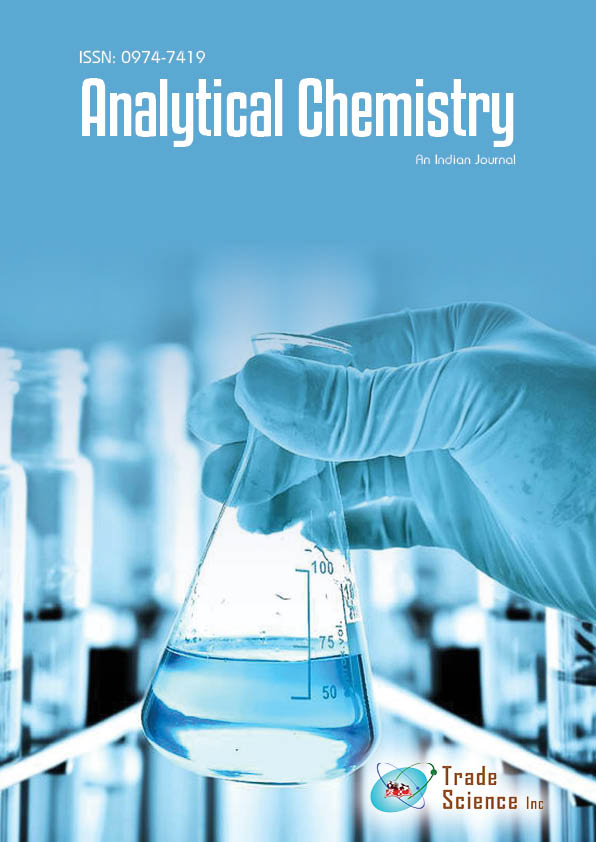抽象的
Production Of Silybin From Callus Culture Of Silybum Marianum (L.) Gaertn
Sayeed Ahmad, Rasheed-uz Zafar, Swati Madan
Silybum marianum (L) Gaertn an important Indian medicinal herb has evolved wide interest for its silymarin (silybin) content, which is emerging as a very useful molecule. The callus culture was induced from leaf explant on MS medium supplemented with various growth regulators for the in vitro production of silybin. The best hormonal combination found was IAA + IBA + 2,4D and kinetin (1 ppm each). Growth kinetics of callus culture was studied using fresh weight parameter and results has shown that the cells grows very well, undergoing about 16-fold increase in total fresh weight at the end of the growth period. The content of silybin was estimated in six month old cultures by CAMAG HPTLC system using solvent system chloroform: acetone: formic acid (9:2:1). The chromatogram was developed and scanned at 254 nm. The Rf value of standard silybin was found to be 0.63. The amount of silybin was found to 0.112 % w/w in natural leaf and 0.126 % w/w DW in leaf callus, which are 1.12 folds higher than that of natural leaf. The results obtained in the present investigation is the first tissue culture approach on production of silybin by leaf callus of Silybum marianum, which also indicate the significance of this method for large-scale production of silybin by plant tissue culture technique.
